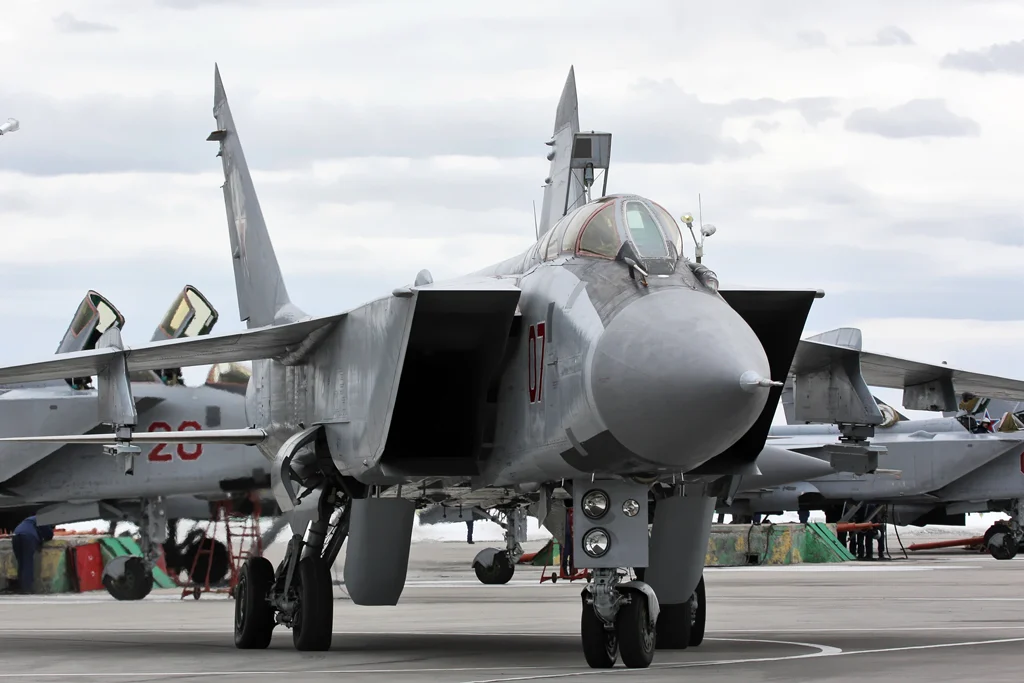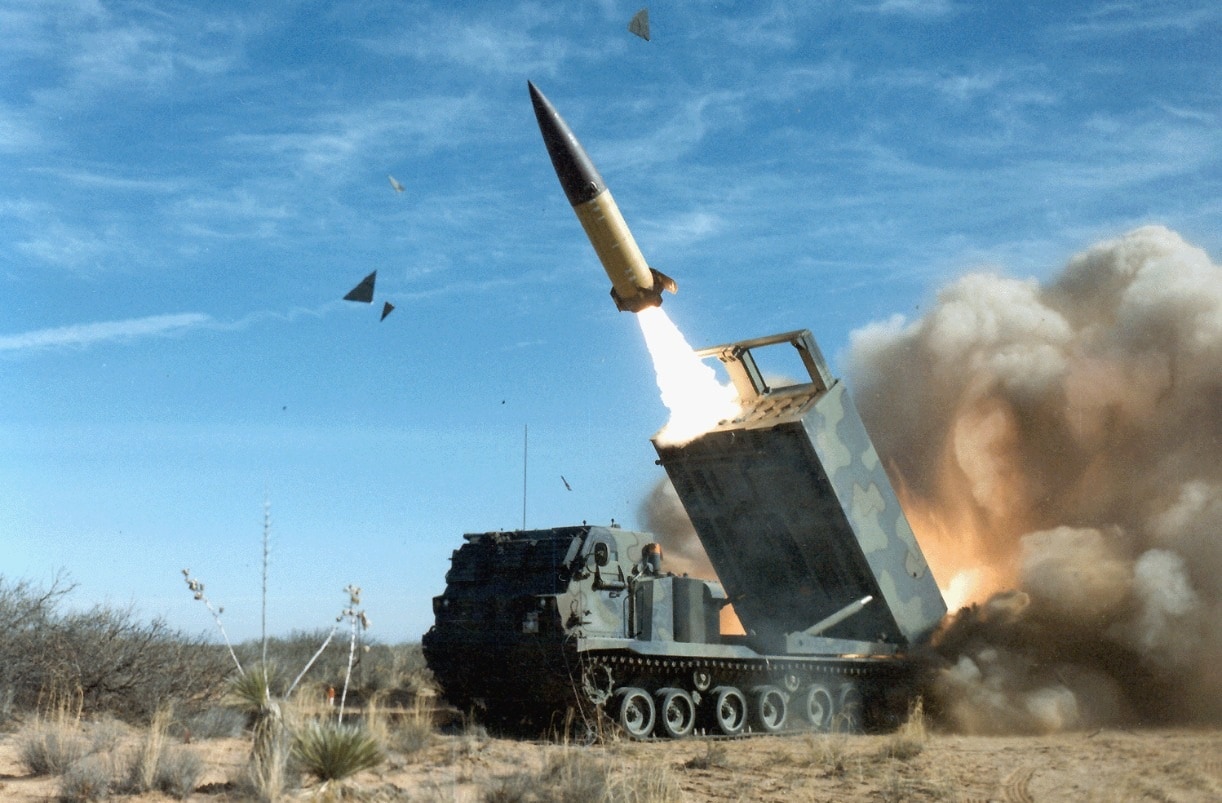Russia Plans “Response” to U.S. and NATO Drone Flights Over Black Sea
The warning from Russian Defense Minister Andrei Belousov is a clear message that Moscow is now prepared to take harsher measures against U.S. and NATO drones, thereby increasing the likelihood of a direct confrontation between Russia and NATO, led by Washington.
(DEFENCE SECURITY ASIA) – Newly-appointed Russian Defense Minister has instructed its security officials to prepare a “response” to address the flights of U.S. and NATO drones over the Black Sea airspace.
The warning from Russian Defense Minister Andrei Belousov signals Moscow’s readiness to take more severe measures against U.S. and NATO drones.
The Russian Defense Ministry stated there has been an “increase in the frequency” of U.S. and NATO drone flights over the Black Sea.
The ministry claims these drones are conducting “reconnaissance and targeting for modern weapons supplied by Washington to Ukraine to strike Russian facilities.”
“This indicates an increase in the involvement of the United States and NATO member countries in the conflict in Ukraine, siding with the Kiev regime,” the Russian Defense Ministry said in a statement.
It also warned that these drone flights have increased the likelihood of “incidents” involving Russian military aircraft and NATO member countries, led by U.S. military officers.

“NATO member countries will be held responsible if such incidents occur,” it added.
Furthermore, the Russian Defense Minister stated that this also reflects an increase in U.S. and NATO involvement in supporting Ukraine in the conflict with Moscow.
A few days ago, Russian media with close ties to the military claimed that a Russian fighter jet had shot down a U.S. military drone, either an MQ-9 Reaper or MQ-4C Triton, operating over the Black Sea.
However, there has been no official confirmation from either the Russian Defense Ministry or the U.S. Department of Defense (Pentagon) regarding the incident involving the high-altitude Pentagon drone.
Russian media alleged that the downing of the U.S. military drone over the Black Sea was executed by a Russian Air Force Mig-31 interceptor, which is capable of flying at high altitudes.
Developed by Northrop Grumman, the High Altitude Long Endurance (HALE) Triton drone is based on the HALE RQ-4 Global Hawk but is considered by analysts to be more advanced and capable than the Global Hawk.

The MQ-4C Triton drone is equipped with advanced phased array radar, cameras, and sensors to monitor waters and coastal areas.
It is operated by four personnel and can fly for over 30 hours at altitudes exceeding 60,000 feet.
Russia reportedly intends to retaliate against U.S. and NATO drones operating over the Black Sea for intelligence gathering missions.
The information obtained by these reconnaissance aircraft, including the P-8 Poseidon maritime patrol aircraft and the MQ-4C Triton drone, is subsequently provided to Ukrainian forces, enabling them to more accurately strike Russian positions, particularly in Crimea.
Calls for Russia to respond to U.S. drones operating over the Black Sea have intensified, especially after a recent MGM-140 ATACMS missile strike supplied by Washington to Ukraine.
The ATACMS missile strike by Ukraine on a popular beach in Crimea resulted in the deaths of five civilians and injured over 100 beachgoers.

In recent weeks, the U.S. Air Force’s MQ-4C Triton reconnaissance drone has been deployed for Intelligence, Surveillance, and Reconnaissance (ISR) missions over the Black Sea to closely monitor Russian military movements in Crimea, which Russia seized from Ukraine.
The increase in U.S. and NATO drone and reconnaissance aircraft flights over the Black Sea coincides with a large-scale MGM-140 ATACMS missile strike by Ukrainian forces on several Russian military positions in Crimea.
In an incident in March last year, a Russian Su-27 fighter jet intercepted and intentionally “collided” with a U.S. MQ-9 Reaper drone, causing it to crash into the Black Sea.
The U.S. military condemned the Russian fighter jet’s actions, accusing it of conducting an “unsafe” flight that led to the drone’s crash.
The drone was believed to be on an ISR mission over the Black Sea near Crimea, which was previously Ukrainian territory but has since been occupied by Russia.– DSA



Comments are closed.